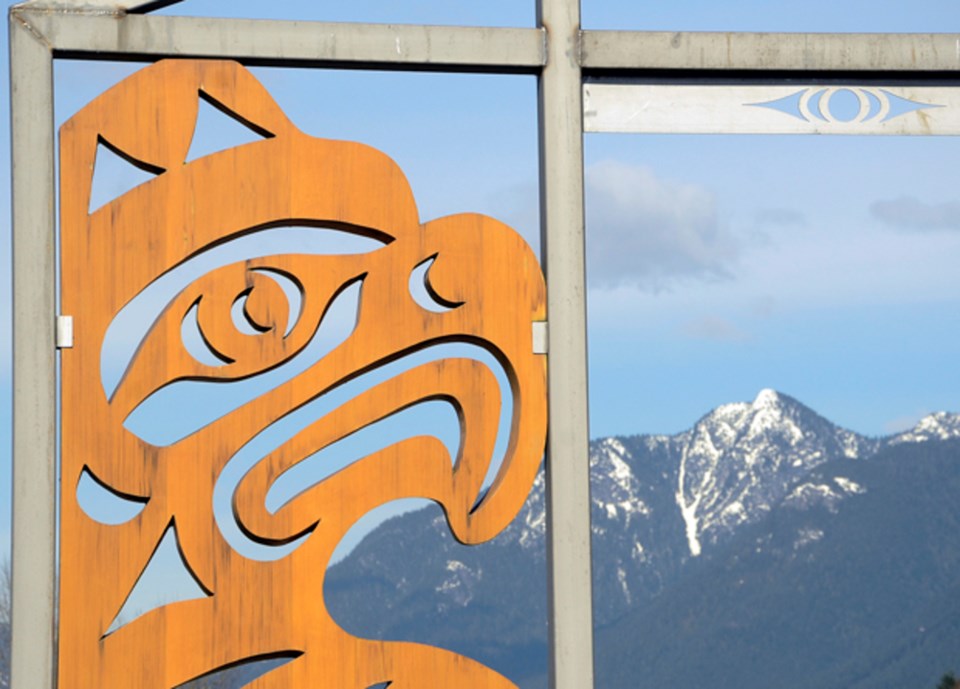The number of Indigenous students who can speak an Indigenous language has doubled in the previous five years, according to a new study.
The report, carried out in partnership with the McCreary Centre Society, uses data from the BC Adolescent Health Survey to track how the challenges and strengths of Indigenous youth across British Columbia are changing over time.
It is the fifth Raven’s Children study to come from surveyed data, taken from almost 4,000 students between the ages of 12 and 19 in 2018.
The study found 28 per cent of the First Nations, Métis and Inuit students surveyed spoke an Indigenous language, compared to just 14 per cent in 2013.
Other positive trends included a rise in healthy lifestyle, with 21 per cent of those aged between 12 and 17 exercising daily compared to 18 per cent in 2013. Substance abuse has decreased too, it stated, with eight per cent engaged in alcohol and cannabis use compared to 15 per cent a decade ago.
It is a notable step in the right direction, yet while the picture is looking better in some areas there is still much work that needs to be done to remedy others. When compared to non-Indigenous students, Indigenous youth were five times more likely to have experienced government care, the report said – 15 per cent compared to three per cent.
Research found Indigenous youth were less likely to eat three meals a day, more likely to have missed out on needed medical health services in the past year, and more than twice as likely to have lost someone close to them as a result of drug overdose.
“The report highlights many improvements in the health and well-being of Indigenous youth, but it also really shows the ongoing legacy and inter-generational trauma of residential schools," said the study’s lead author, Samantha Martin Ferris.
Those whose families have experienced the residential schooling system are twice as likely to have been bereaved by suicide and more likely to be living in poverty, she said.
Unsurprisingly, the data collected showed Indigenous youth to report more positive health and well-being after eating traditional foods from their own culture, after participating in cultural activities and after having a support system of friends and adults they could turn to when in need.
Dr. Annie Smith, McCreary’s executive director, said the reports "clearly spell out" where progress is being made, and where efforts need to be focused to better the truth and reconciliation process.
She said the upcoming 2023 survey results will be "especially important" as they will highlight the impact of the pandemic on Indigenous young people –youth who are "clearly still continuing to feel the impacts of colonization on their health and well-being.”
Mina Kerr-Lazenby is the North Shore News' Indigenous and civic affairs reporter. This reporting beat is made possible by the Local Journalism Initiative.




